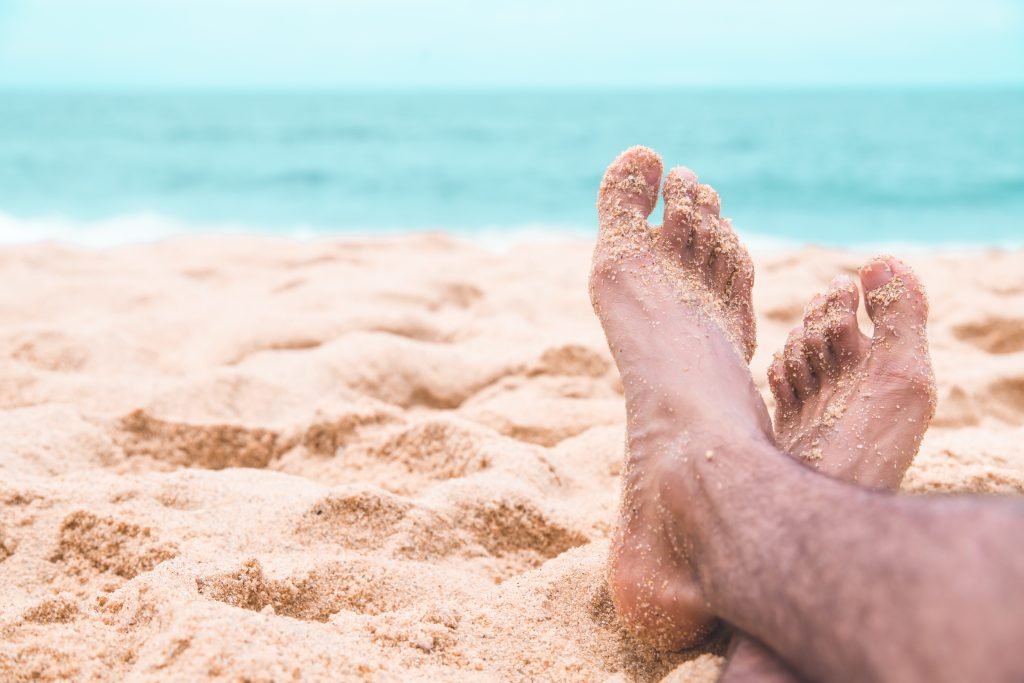Summer is for the sea, sand, and slippers. But when the sand gets too hot, you should know the best way to treat blisters on your feet.
Injuries can come in many forms like paper cuts, sunburn, rashes, and blisters. Blisters develop for several reasons but sometimes it’s just because you’re having fun. Foot blisters are very common during the summer — especially at the beach — due to the hot weather and friction.
Summer activities ely going to leave you with a few blisters but not to worry, we know the best way to treat blisters on feet and we’re going to show you.
The best way to treat blisters on feet (first aid and home remedy)
Summer is for the sea, sand, and slippers. But when the sand gets a little too hot, it’s good to know how to treat blisters. Here are some do’s and don’ts of dealing with foot blisters:
- Do apply a squishy band-aid. Let’s say you’re having a nice summer day, playing volleyball or skating at the rink and the soles of your feet start to develop blisters. That would make walking very hard and painful. As first aid, apply a squishy band-aid. Also known as a hydrocolloid gel band-aid, this special bandage is designed to cushion the pressure on blisters which prevents further irritation. Always keep a squishy band-aid on you, your feet will thank you.
- Don’t pop or peel your blisters. This is a common mistake that most people make. Little do they know that it’ll only make the blister hurt more, heal slower, and possibly get infected. Watch the video below if you’re not fully convinced.
- Do soak your feet in an Epsom salt solution. Epsom salt contains magnesium sulfate which quickens the blister’s healing process by drying it out. One common home remedy for blisters is to prepare a tub of lukewarm water, pour in a cup of Epsom salt, and 2-3 drops of tea tree oil as an antiseptic. This recipe is sure to give you more restful nights.
- Don’t wear tight shoes or socks. Make sure your feet are always comfortable or your blisters could get worse. Therefore, avoid shoes with minimal aeration. Wear sandals and flip-flops everywhere if you have to, until your blisters heal at least.
If you want to understand how blisters are formed, watch the video below.

